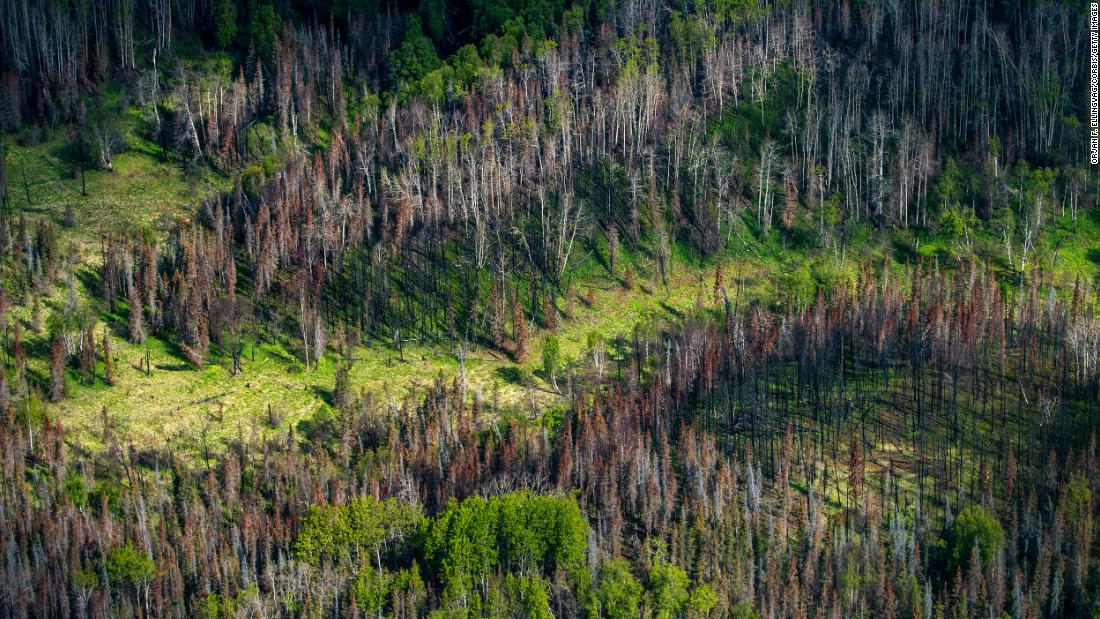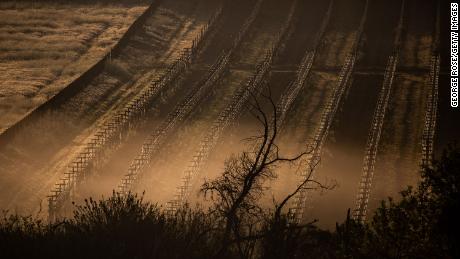
Carly Phillips, lead author of the study and a fellow with the Union of Concerned Scientists’ Western States Climate Team, said it’s a “cascade of consequences” brought on by the climate crisis.
“The biggest takeaway is that these fires in boreal areas are releasing huge quantities of carbon to the atmosphere, and as a result are really jeopardizing our ability to meet certain climate targets.” Phillips told CNN. “A lot is at stake.”
“It almost goes without saying that there are real effects for people on the ground who are living through these wildfires,” she added. “There are transportation impacts, tourism impacts, economic impacts and so on from these fires that can be really devastating on local communities.”
The boreal forest, also known as the “taiga,” is the world’s largest and most intact biome, forming a sprawling, dense ring of woodlands situated below the Arctic circle and spanning vast tracts of the Northern Hemisphere in North America, Europe and Russia. This ecosystem — with trees like spruce, pine, and fir — make up about one-third of all forests on the planet.
“One of the challenging and interesting things about wildfires right now is that they are both driven by climate change and drivers of climate change,” Phillips said.
The burned area in the Alaskan boreal forests could increase as much as 169% by 2050, the study notes, while burned area in the Canadian boreal could expand by up to 150%.
Philips says their findings are likely conservative estimates, considering they did not assess rapid permafrost thaw and other harmful greenhouse gases emitted from the fires including methane and nitrous oxide, which lead to higher atmospheric temperatures.
“We know that the implications of wildfires in these areas is that there can be feedbacks to permafrost thaw and as a result, the exposure and release of that anciently stored carbon,” she said. “Secondly, we are only accounting for the direct emissions from the fire and then regrowth but we aren’t accounting for the decomposition that can occur after the fire.”
Still, Phillips and her colleagues found the North American boreal forests disproportionately receive little funding for fire management efforts. According to the report, Alaska accounts for about 20% of the country’s burned land area as well as half of its fire emissions annually, yet the state only receives roughly an average of 4% of federal fire management funding.
“We’re now seeing the smoke from these fires move across the world, and so that really underscores that this is a global issue, while some of the most detrimental impacts are localized,” Phillips said. “The effects of these fires is of global significance. And this is an opportunity for us to address these heat-trapping emissions that are coming out of these wildfires.”

